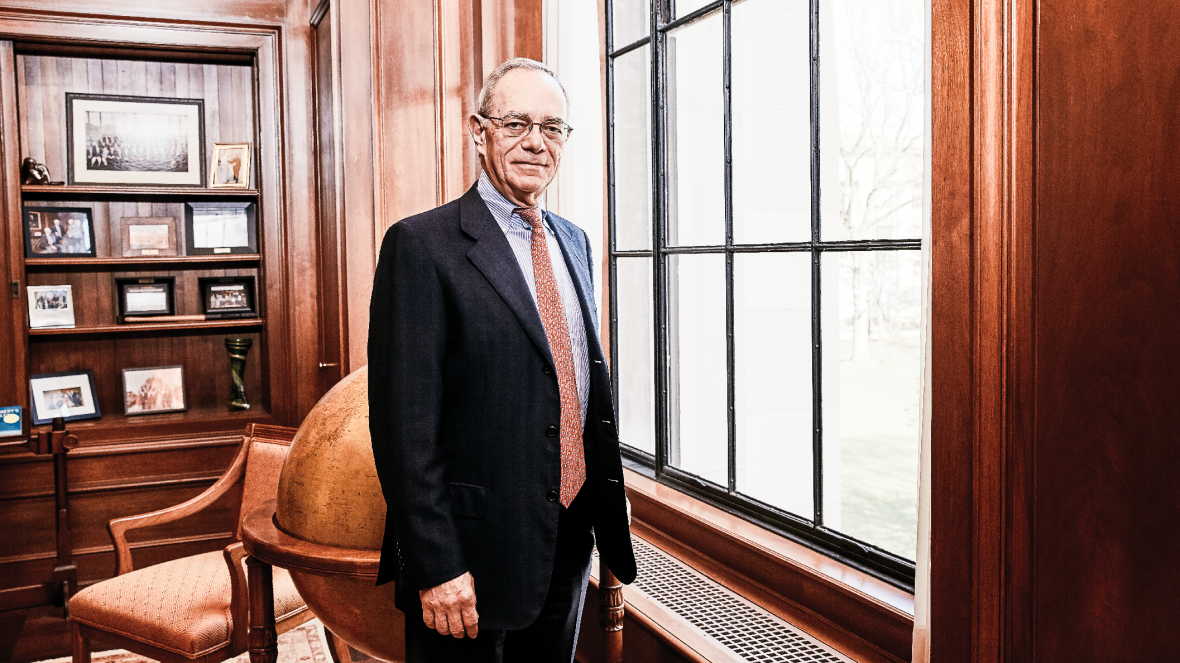

The future of nano at the heart of MIT
Opening this fall, MIT.nano will offer a campus-wide collaboration space at the nano frontier.

A few years ago, MIT did something a little crazy. On a campus already busy and crowded, we decided to plant a huge new building—200,000 square feet—right in the middle, on the site of Building 12. Frankly, because we were building a new facility for nanoscience and nanotechnology, the site’s superb protection from electromagnetic noise and physical vibrations made it irresistible.
Yet the siting decision was also about creating vibrations—vibrations both social and scientific. By making MIT.nano central to our campus, we were declaring nanoscience and nanotech central to the work of MIT, and central to inventing the future.
This fall, when MIT.nano officially opens for business, it will double MIT’s shared fabrication and imaging capabilities, and it will create research and collaboration opportunities for many of our current faculty, including more than half of those recently tenured.
An impressive range of faculty members work at the nanoscale. Mechanical engineer Evelyn Wang ’00 is using a porous nanomaterial to extract water from the air, even in desert environments. Using carbon nanotubes, she’s also developing thermophotovoltaic cells that could make solar energy more efficient, more affordable, and continuously available—one of MIT Technology Review’s 10 Breakthrough Technologies of 2017. Chemist Tim Swager uses nano-based gas-sensing technologies to detect toxic gases and early signs of food spoilage. Sangeeta Bhatia, SM ’93, PhD ’97, and other faculty in MIT’s Koch Institute are pioneering the field of nanomedicine to improve cancer diagnosis and care. Physicist Will Oliver, SM ’97, has recently demonstrated the world’s most advanced fabrication process for superconducting circuits, a potential building-block technology for quantum computing. And by embedding various nanoparticles in plants, Michael Strano’s chemical engineering lab has found ways for them to detect explosives and convey that information to a smartphone. Strano and his lab have also developed plants that glow brightly enough to read by.
Ultimately, we expect that MIT.nano will serve, and serve to inspire, more than 2,000 people across our campus, from all five MIT schools, and many more from beyond our walls.
In fact, the true power of MIT.nano may be in the interdisciplinary community it creates. MIT is famous for its maker culture because our campus is home to a community of makers—a concentration of brilliant people who are excited to share their ideas, to teach you to use their tools, and to learn what you know, too. We hope for this same magic as the MIT.nano community takes root in the center of MIT.